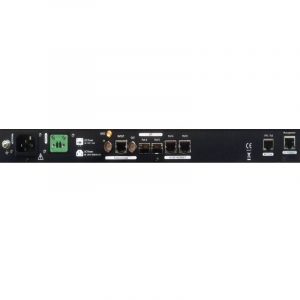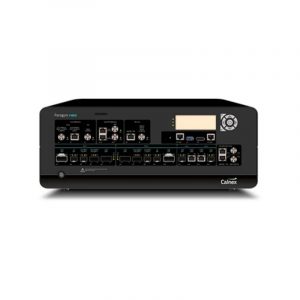Timing and synchronization are vital for smooth operation in telecommunications networks. They ensure that different parts of the network work together seamlessly. Here’s what you need to know:
In telecommunications, accurate timing and synchronization are essential for various reasons. They help coordinate network elements, enable seamless handovers in mobile networks, ensure accurate billing, synchronize voice and data services, and deliver reliable communication.
Telecommunications networks have a hierarchical timing structure. At the top level, highly accurate time references like atomic clocks provide the precise timing. These references then flow down to different network components like base stations, switches, and routers using synchronization protocols such as Network Time Protocol (NTP) or Precision Time Protocol (PTP).
To ensure reliable timing and synchronization, rigorous testing is conducted. This involves measuring and verifying the accuracy and stability of timing signals at different network elements. Various tests evaluate synchronization performance, including frequency accuracy, phase stability, time deviation, and jitter measurement.
Telecommunications engineers use specialized test equipment for timing and synchronization testing. This equipment includes tools like precision time and frequency references, synchronization analyzers, time interval analyzers, and network analyzers. With these tools, engineers can measure, analyze, and troubleshoot timing issues to identify and resolve synchronization problems in the network.
Different synchronization protocols, such as Synchronous Ethernet (SyncE) and IEEE 1588 Precision Time Protocol (PTP), are used in telecommunications networks to distribute accurate timing signals. Testing ensures the proper implementation and functionality of these protocols, ensuring synchronization across network elements.
Performance standards for timing and synchronization are defined by organizations like the International Telecommunication Union (ITU) and the Institute of Electrical and Electronics Engineers (IEEE). Engineers conduct testing to comply with these standards, which set acceptable limits for parameters like time accuracy, frequency deviation, and phase stability.
Apart from lab-based testing, field testing and continuous monitoring are crucial. Engineers perform on-site measurements using portable test equipment to validate synchronization at various points in the network, such as base stations, transmission sites, and interconnecting links.
In case of synchronization issues, engineers rely on testing methodologies to troubleshoot and resolve problems. By carefully analyzing test results, engineers can identify the root causes of synchronization errors and take corrective actions like adjusting network configurations, replacing faulty equipment, or optimizing timing distribution.
At CoverTel, we provide a comprehensive range of specialized test equipment for timing and synchronization testing. We understand the importance of local technical support, which is why we offer assistance right here in Australia. Our expert team is dedicated to providing prompt and effective support whenever you need it. With high-quality equipment from leading manufacturers and our reliable support, you can trust that your network is in safe hands.









